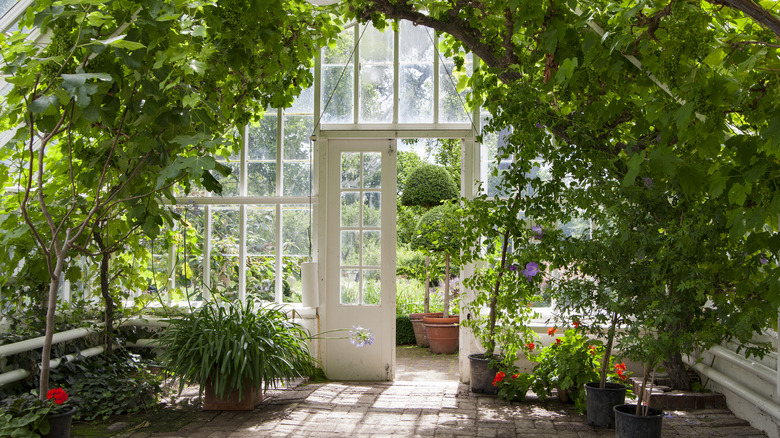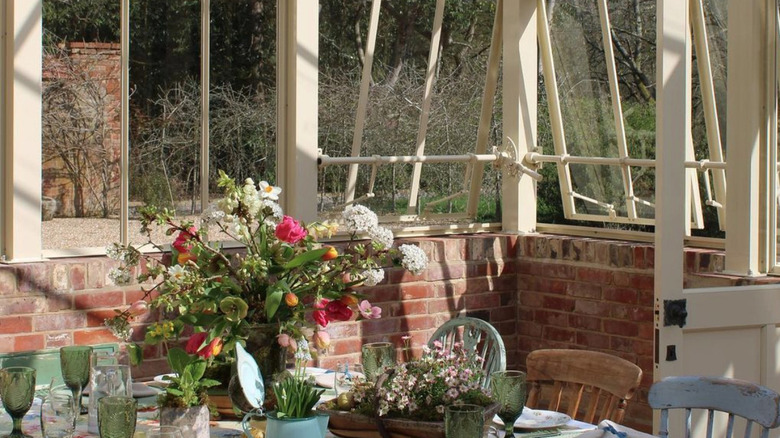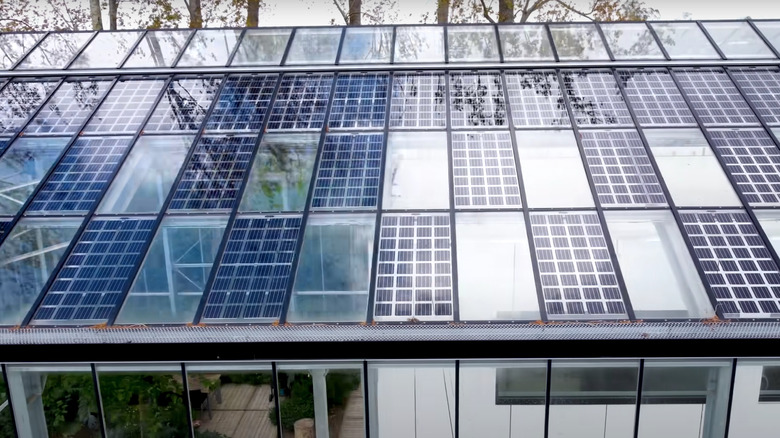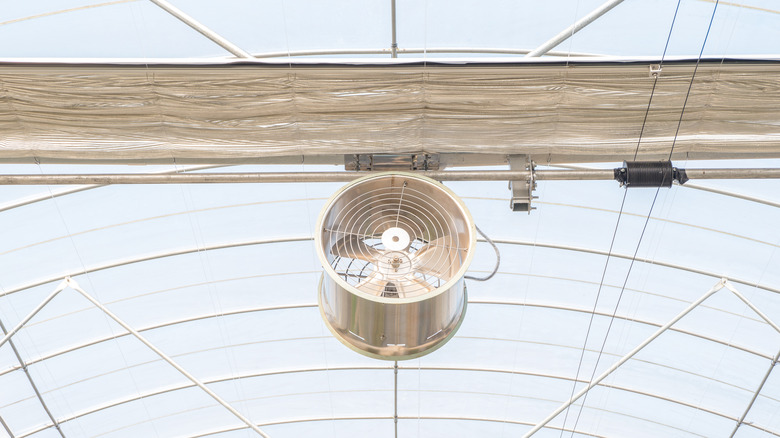Can You Actually Turn A Greenhouse Into Your Permanent Home?
The tiny house movement has taken the world by storm and consequently seen some new inspiration. What if you could convert a greenhouse into a permanent home? While this idea sounds quite challenging, if not impossible, some homeowners are exploring the possibilities.
On the one hand, you can add a greenhouse as an extension of your existing home's space. On the other, you can determine what types of upgrades it would take to turn this clear, glass structure into a stand-alone home that offers some degree of privacy while still connecting with its natural surroundings. For example, you would need to choose some coverings for the walls and, if possible, the roof, especially if you don't want to wake up right at sunrise or experience intense sunlight at noon. You would also need to consider what type of setup would best suit your needs. For instance, would you prefer one open space or one or two dividers to separate the sleeping quarters (and, of course, the restroom) from the rest of the home?
Regardless of what you choose, there are plenty of ways to make this project work.
Design logistics
Of course, you'll always have sufficient light during the day, but the question is how much is too much. For starters, you can get a greenhouse that is slightly tinted on the roof to protect the interior from the sun's harsh rays. Another option, depending on the height of the greenhouse, is to build a metal canopy or a pergola overhead to serve as shade if you live in a warm region. Or you can place a solid, thin material on the roof, which would also protect from debris brought on by a strong wind gust or hail.
However, one of the perks of living in a greenhouse is being able to view the night sky, so the tint might serve as an adequate covering as long as you can see through the ceiling or simply leave it alone. A beige or pastel-colored canvas or even drapes can be used as coverings while allowing enough light to shine in, as seen in this Netherlands Airbnb. Incorporating this in your own space would require the installation of curtain rods, or you can opt for custom-made shades as long as they can be attached to the frame or walls of the house. Additionally, curtains can serve as dividers if you wish to section off bedrooms from the rest of the house.
What about utilities?
One question that anyone would ask about turning a greenhouse into an actual home relates to the utilities. Is it possible to get water, electricity, and heating/ventilation inside such a dwelling?
The answer is yes. And you can even save on these amenities using the greenhouse's resources. The sun would be your best source of light and heat during the day. However, you can consult with a professional electrician and your local utility company about running lines overhead if there's a utility pole close by or placing them underground. Otherwise, you're looking at figuring out how many battery-operated appliances and lights you'll need.
As far as water goes, you can opt for containers that would catch rain to cut down on water bills. Otherwise, you might have to connect with the local water system and consult with a plumber if you're not sure how to run the pipes. If you're located in a rural area from the closest town or city's utilities, then there's a chance that running water may not be an option.
How to keep a comfortable temperature
Additionally, climate control inside a greenhouse proves to be a challenge. In the winter, you may wonder how to heat the interior without the room's temperature becoming uncomfortably warm. Moreover, the summer brings the question of how to cool the inside off. Simple things like opening windows and using a wood-fueled heating source could help with excessive heat and cold.
However, you might consider taking some extra steps related to weatherproofing the structure. For instance, you'll need to fill in any cracks in the foundation, and caulking joints in the frame would keep both cold air and heat out, along with adding weather stripping around doors and windows. If the house's frame is metal, then cover the edges with a material that doesn't conduct heat. If you live in a region that experiences extreme cold, then your safest choice for heating is to install infrared or forced-air heaters. Naturally, you would need access to electrical lines to make this happen. Another possibility that also requires electrical power is a radiator-style heater, or if electricity is scarce, you can employ the use of a kerosene heater with caution. This type has to be kept away from anything that's sensitive to the heat and would melt and from everything that's flammable.
In relation to cooling, if you live in an area where the temperatures are hot in the summer, then electricity appears to be a necessity. Evaporative coolers, fans, or even window units would be effective.



